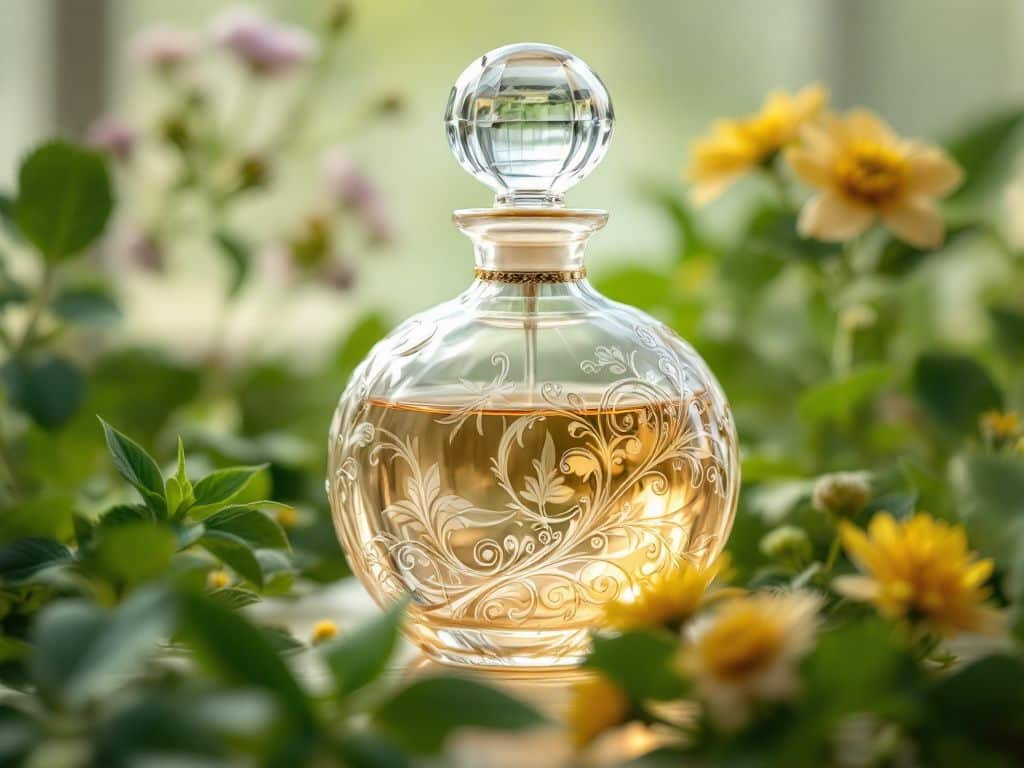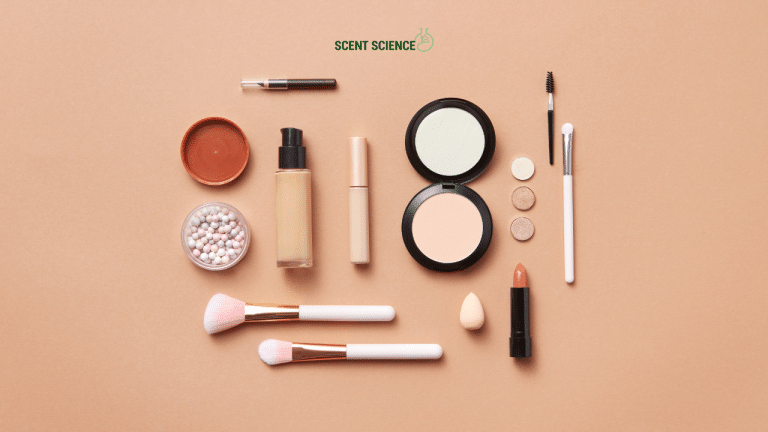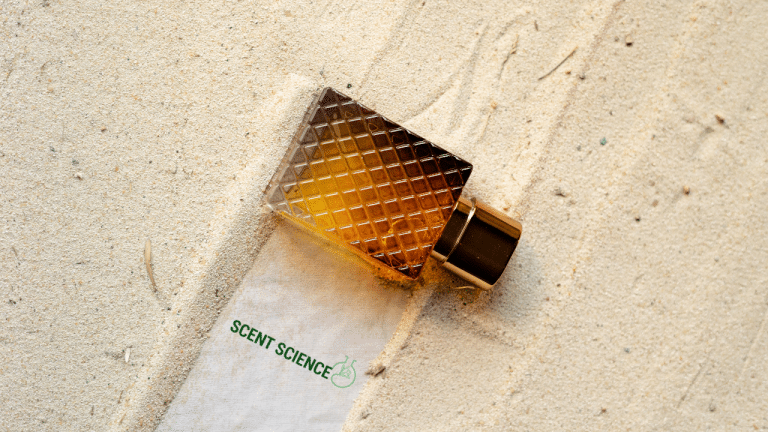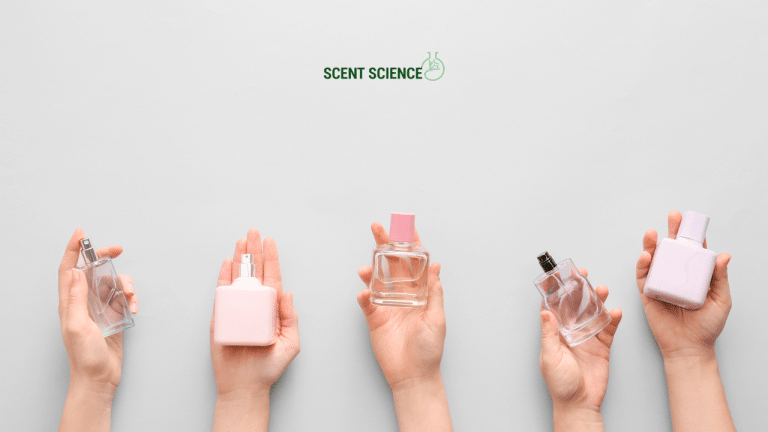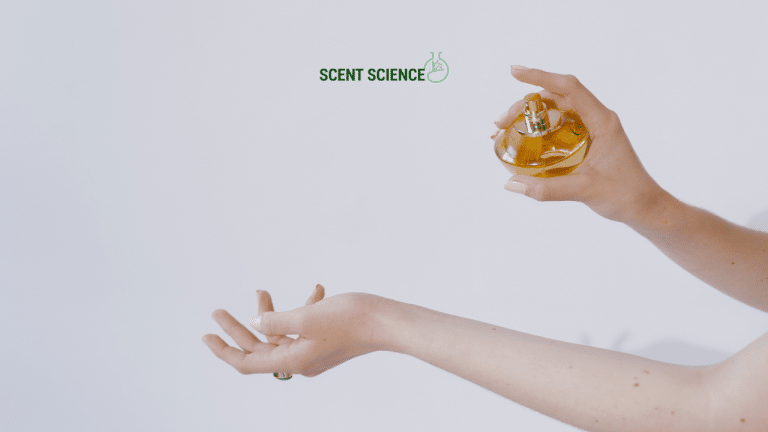Have you ever spritzed your favorite perfume in the morning, only to find it lacking by lunch? It’s a common woe. But, is there a solution? Could it boil down to the subtle art of fragrance fixatives? If you’ve been trying to understand why some perfumes linger longer than others, or if you’re diving into the perfume world trying to create your own signature scent, be prepared for a journey filled with intricate chemistry and sensory delight. Welcome to the world of fragrance fixatives and how they play a crucial role in perfume stability.
Table of Contents
ToggleWhat are Fragrance Fixatives?
To kick things off, let’s get on the same page about what fragrance fixatives really are. In simple terms, these are substances that stabilize and enhance the aroma moleculess. Picture them as the unsung heroes, anchoring the more volatile molecules that would otherwise vanish into thin air way too soon.
Fixatives ensure that the harmonious blend of notes in a perfume doesn’t just explode and disappear immediately. They bind essential and fragrance oils to create a lasting symphony of scent, allowing your perfume to do precisely what it was crafted to do—linger and enchant.
Now, why do some people swear by a particular scent that seems to last all day while yours evaporates before the second coffee break? The alchemy lies in the fixatives.
The Role of Fixatives in Perfume Stability
Imagine creating a piece of art. You want the colors to remain vibrant, right? Similarly, the vivid notes of a perfume benefit significantly from fixatives. In the wild world of fragrance, it’s the fixatives that ensure those beautifully orchestrated top, middle, and base notes stick around.
Perfume stability, therefore, is heavily influenced by these magical stabilizers. They capture the light top notes, usher along the bouquet-like heart, and bolster the warmth of the base. Without fixatives, these scents might disperse much quicker than anticipated.
Here’s where it gets a bit more technical (but bear with me, it’s intriguing!). Fixatives can either be natural, synthetic, or even a mix. They essentially reduce the volatility of the more fleeting fragrance elements.
Delving into the Types of Fragrance Fixatives
You’re probably now wondering what options exist within the realm of fixatives. Let’s dive into some categories:
1. Natural Fixatives

Nature’s own toolkit, offering raw and enriched ingredients:
- Resinoids (e.g., Benzoin and Labdanum): Derived from resins of particular plants; these have sticky properties that compel perfume ingredients to hold firm.
- Balsams (e.g., Peruvian balsam): These have an especially tenacious ability to fix a scent due to their dense chemical composition.
- Essential Oils (e.g., Sandalwood, Vetiver, and Patchouli): Not only do they add unique nuances, but they also serve as natural adhesive agents within the olfactory pyramid.
2. Synthetic Fixatives
Laboratory creations melding science with scent:
- Iso E Super: Renowned for its woody yet versatile aroma; it’s synthetic magic helping perfumes endure.
- Galaxolide: Often employed for its musky, all-encompassing notes that underscore compositions and enhance longevity.
3. Animal-Derived Fixatives (Historical)
Traditionally rich and enduring, though much less common today due to ethical considerations:
- Ambergris: Once a staple, now replaced by synthetic equivalents.
- Civet and Musk: Typically provided longevity, now mostly abandoned for ethical synthetic versions.
Making the Most of Fixatives: Practical Insights
Seconds slipping into minutes, minutes into hours. And yet, how do we ensure our scent remains as intended? Here are some elements that could spruce up your understanding and use of fixatives:
Understanding Compatibility
Just like cooking, not every fixative blend works wonderfully. Some notes clash or overpower, downgrading the delicate essence meant to capture the senses. Therefore, the trick lies in balance—choosing fixatives that harmonize with your chosen scent notes.

The Alchemy of Ratios
More might seem like a good idea, but it’s often a game of ratio. It’s about finding that perfect dose where neither the scent nor the fixative loses potency—and trust me, a fragrant collision in aroma form can be quite overwhelming.
Application: Making It Last
Here’s something practical: how we use a fragrance can determine its staying power. For instance, moisture can help trap notes on the skin longer. Applying a lotion or oil (unscented, to avoid clashing) prior to your favorite perfume can amplify endurance.
Perfuming the Future: Innovating Fixative Usage
As moves towards more eco-friendly solutions gather steam, the fragrance industry is revisiting sustainable fixatives. Traditional perfumes are intermingling with novel, green-centric components. Innovations aim to revolutionize our conception of perfumes from incessant reapplication to long-lasting impressions.
Technological Forefront
How exciting is it to note that with every new compound developed, we could see vast improvements in perfume stability? Imagine enhanced eco-friendly artificial fixatives that reduce wastage, improve formulation, and embolden creatives to craft group-defying scents.
Now, I see you might have more questions here. How do these developments influence your everyday experience? Perfume formulations with advanced compounds might extend the perfume’s life, ensuring you apply less and enjoy it more.
Crafting Your Own Perfume with Fixatives
For the brave and curious, an opportunity awaits to concoct one’s own fragrance together with expertly chosen fixatives—quisling shorelines of imagination meeting tangible culinary scent formulations.
The DIY Process Step-by-Step
Embarking on creating your fragrance by understanding fixatives can be liberating. Follow these steps to get started:
- Choose Your Alcohol or Base: Most perfumes start with alcohol or oil as the primary vehicle for scent.
- Gather Fragrance Oils: Decide on your desired notes—citrus, aromatic, spicy? The world is your aromatic oyster!
- Don’t Forget the Fixatives: Integrate natural or mild synthetic fixatives. Begin with understanding their interplay—small batches for trials are golden.
- Synthesizing Scent Notes: Top notes for initial impressions, heart notes for character, base notes for lasting memories with appropriate fixative concentration.
- 5. **Mix and Age: Let your blend age to allow the spirits of innovation—fixatives working their alchemical melding.
- 6. **Test and Adjust: Spritz, await drying time, then adjust. Tiny tweeks iron out imperfections—patience rewards with a balanced custom fragrance.
Common Mistakes and How To Avoid Them

Even seasoned connoisseurs could stumble while crafting, prompting some valuable real-talk advice.
Too Much Fixative
An overzealous application of fixative might lead fragrances to be overpowering or dull. Precision in measurement against other perfume components ensures each part plays its role without drowning the essence.
Ineffective Combinations
Not all notes play nice together. Testing blends over long durations offers a finalized blueprint—avoiding clashing characters or overly muted segments.
Overlooking Stability
Temperature, light—all external factors impacting your perfume’s stability and how it’ll eventually charm those who experience it. Storage is often overlooked in maintaining a perfume’s lasting potential.
Wrapping Up: Find Your Fragrant Footing
Fixatives are the craftily veiled secret to enduring perfumes and indispensable within the perfumer’s palette. They alter fragrance narratives by grounding high notes, sustaining heart-pulling melodies, and unleashing memories locked away within deep, resonant bases.
From botanical offerings to synthetic students of science, aligning fixatives with individual scent aspirations primes perfumes for personal and commercial allure. Trust yourself to experiment, to embrace setbacks while cherishing triumphs—move in confidence, and unleash your tailored scent-blog of fixative knowledge upon the curious trails hence forth!
Remember—it’s not just about the scent; it’s about its dance presiding in harmony with your presence across time.
Frequently Asked Questions
What is a fragrance fixative?
A fragrance fixative is an ingredient added to perfumes to stabilize and enhance the fragrance, ensuring it lasts longer and projects better. Fixatives bind to more volatile fragrance molecules and slow down their evaporation rate, allowing the fragrance to develop gradually and last longer[2][4][5).
How do fragrance fixatives extend the longevity and projection of a perfume?
Fragrance fixatives extend the longevity and projection of a perfume by stabilizing the fragrance molecules and preventing them from evaporating too quickly. They anchor the lighter, more volatile top notes to the skin, providing a stable base for the fragrance and allowing it to maintain its intended composition and structure over time. This stability enhances the perfume’s sillage, or the trail of fragrance molecules that linger in the air[2][4][5).
What are some common examples of fragrance fixatives?
Common examples of fragrance fixatives include natural resins such as Tolu Balsam, Peru Balsam, and Vanilla, as well as other base notes like sandalwood, myrrh, and patchouli. Other fixatives can be odorless crystals or liquids with high-boiling points, such as Amyris oil, and synthetic solutions like Fixative Perfumery Base[2][4][5).
Why are fragrance fixatives important in perfumery?
Fragrance fixatives are crucial in perfumery because they help maintain the fragrance’s integrity and longevity. They ensure that the scent develops gradually and lasts longer on the skin, enhancing the overall olfactory experience and the perfume’s performance. Fixatives also contribute to the balance and harmony of the fragrance composition, making them an essential ingredient in both traditional and modern perfumery[2][4][5).
References
